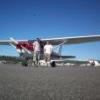
wing build questions
Started by
High Country,
9 posts in this topic
Create an account or sign in to comment
You need to be a member in order to leave a comment

Started by
High Country,
You need to be a member in order to leave a comment